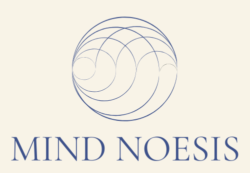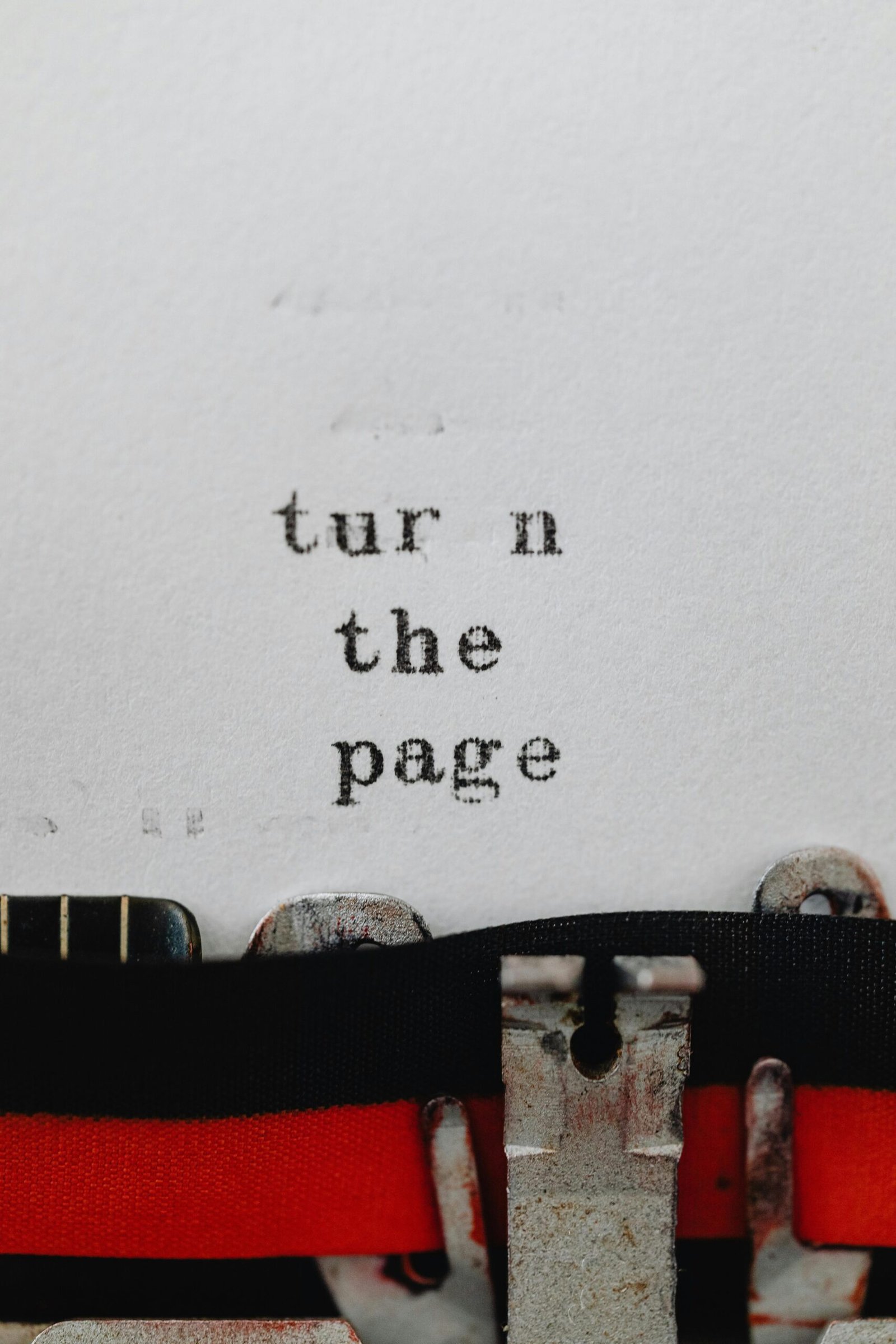Have you ever paused to wonder why you think or react the way you do? Maybe it’s a fear of public speaking that makes your palms sweat, or perhaps you shy away from confrontation, even when it’s necessary. These behaviors don’t appear out of nowhere. They’re rooted in something deeper: your past.
Your experiences, especially the ones that left an emotional imprint, shape how you perceive the world and respond to it. They influence your decisions, reactions, and even your relationships. But here’s the good news, you don’t have to be stuck in patterns dictated by your history. By understanding how your past influences your present, you can start to rewrite the story and create a future that aligns with your true self.
How the Past Shapes Your Present Perspective
Your mind is an incredible storyteller. From the moment you’re born, it begins collecting data, memories, emotions, and experiences, and weaving them into a narrative that shapes how you see the world.
The Psychological Blueprint
Every experience you have becomes part of your mental framework. This framework is what psychologists refer to as schemas, mental models that help you interpret and navigate life.
For example, if you grew up in a household where mistakes were harshly criticized, you might have developed a belief that perfection is necessary to avoid judgment. This belief can manifest as a fear of failure, making you overly cautious or hesitant to try new things.
Research in neuroscience also supports this. Your brain’s neural pathways strengthen with repetition. This is called neuroplasticity, and while it’s great for learning, it also means negative patterns can become deeply ingrained if left unchecked.
The Emotional Residue
It’s not just what happened to you that matters it’s how you felt about it. Emotions tied to significant experiences leave an imprint on your subconscious.
Take rejection, for instance. A single instance of being left out as a child can echo into adulthood, making you wary of putting yourself out there. This emotional residue creates automatic responses, what we often call triggers.
But here’s the truth: while your past shapes you, it doesn’t have to define you.
Why It’s Hard to Break Free
If it’s possible to move past old patterns, why do so many people struggle? The answer lies in comfort zones.
The Safety of Familiarity
Even when your patterns are unhelpful, they’re familiar. Familiarity feels safe, even when it’s not serving you. It’s why people stay in toxic relationships or stick with habits that no longer align with their goals.
For example, if you’ve always avoided confrontation, standing up for yourself might feel terrifying, even if it’s the healthier choice. Your brain prefers the known discomfort over the uncertainty of change.
The Power of Your Inner Critic
Another obstacle is your inner critic, that voice that questions whether you’re good enough or capable of change. This critic often stems from past experiences of judgment or failure, and it thrives on keeping you small.
Breaking free requires recognizing that this voice isn’t the truth, it’s just a reflection of old fears.
How to Break Free from Past Patterns
So, how do you free yourself from these old narratives? Mindfulness and introspection are your greatest allies.
Step 1: Shine a Light on Your Patterns
Awareness is the foundation of change. You can’t fix what you don’t acknowledge.
Start by reflecting on recurring patterns in your life. Ask yourself:
- What situations consistently make me uncomfortable?
- Are my reactions rooted in the present or something from my past?
For instance, if you find yourself avoiding public speaking, think back: Was there a moment in your past when speaking up led to embarrassment or criticism? Recognizing the origin of your fear can help you begin to untangle it.
Step 2: Question Your Beliefs
Your beliefs aren’t facts, they’re conclusions your brain drew based on past experiences. Mindfulness encourages you to question them.
If you believe “I’m not good at relationships” because of a breakup, ask yourself:
- Is this universally true?
- What evidence contradicts this belief?
- Have I grown since then?
By reframing your beliefs, you create space for new possibilities.
Step 3: Reframe Your Perspective
Reframing is about seeing the same situation differently. Instead of viewing challenges as threats, approach them as opportunities for growth.
For example, if you’re nervous about a job interview because of a past rejection, reframe the experience. Instead of thinking, What if I fail again? ask, What can I learn from this experience, regardless of the outcome?
Mindful Practices to Rewrite Your Story
Mindfulness isn’t just about meditation, it’s about being present with your thoughts and emotions. Here are a few techniques to help you break free:
1. Journaling for Clarity
Writing helps you process emotions and identify patterns. Try this exercise:
- Write down a situation where you felt triggered.
- Reflect on why it bothered you and whether it ties back to a past experience.
- Ask yourself what you would tell a friend in the same situation.
This practice creates a safe space to explore your feelings without judgment.
2. The “What’s True Now?” Exercise
When you feel overwhelmed, pause and ask: What’s true right now?
For example, if you’re worried about being judged at a social event, remind yourself: Right now, I’m just standing here. No one is judging me.
This simple exercise grounds you in the present, helping you separate reality from past fears.
3. Visualization for Empowerment
Imagine a moment from your past that still affects you. Close your eyes and visualize yourself handling it with the wisdom you have now. Picture yourself calm, confident, and in control.
This technique helps rewire your brain’s association with the memory, turning it into a source of strength rather than fear.
The Emotional Freedom of Letting Go
Letting go doesn’t mean forgetting, it means releasing the grip your past has on your present. When you hold onto old narratives, you limit yourself. Letting go allows you to step into a new version of yourself, one that’s not defined by past mistakes or pain.
Think of your past like a rearview mirror. It’s useful for context, but if you keep staring at it, you’ll crash into what’s ahead.
Final Thoughts: Redefining Your Narrative
Your past is a chapter, not the whole book. By understanding how your experiences influence your perspective, you can start to rewrite your story.
Take five minutes today to reflect on a pattern or belief that’s holding you back. What’s one small step you can take to challenge it?
Remember, every moment is a chance to choose differently. The power to change your perspective, and your life, is within you.



